Pond Cleaning Company: Maintenance Service Wendover
If your pond is looking a little murky, our team of experts can help.
speak with an expert today
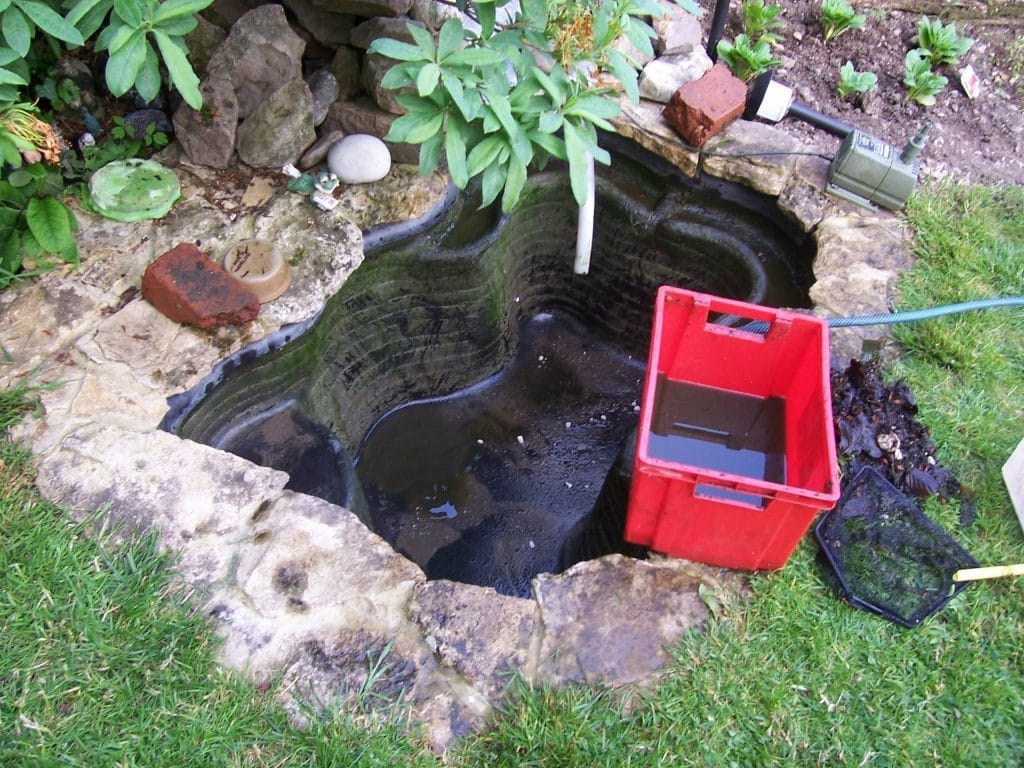
Why pond maintenance is essential
Whether you have a corporate pond, school pond, garden pond, large pond, or small ponds, all of them require maintenance every 5-10 years based on their size. Due to the different types of weather Britain has, dirt, debris, algae, and a foul smelling toxic odour can accumulate quickly. This can easily strain your filter, harm your ornamental features and decrease the lifespan of any marine life you have in your pond.
Soon enough, your aquatic oasis can turn into a hazardous environment for your fish, depriving them of light and oxygen. Don’t let these issues disbalance your pond’s ecosystem. With our comprehensive pond cleaning services, premium grade pond cleaning equipment and extensive experience, we ensure your pond’s longevity will flourish with Anthony and his team.
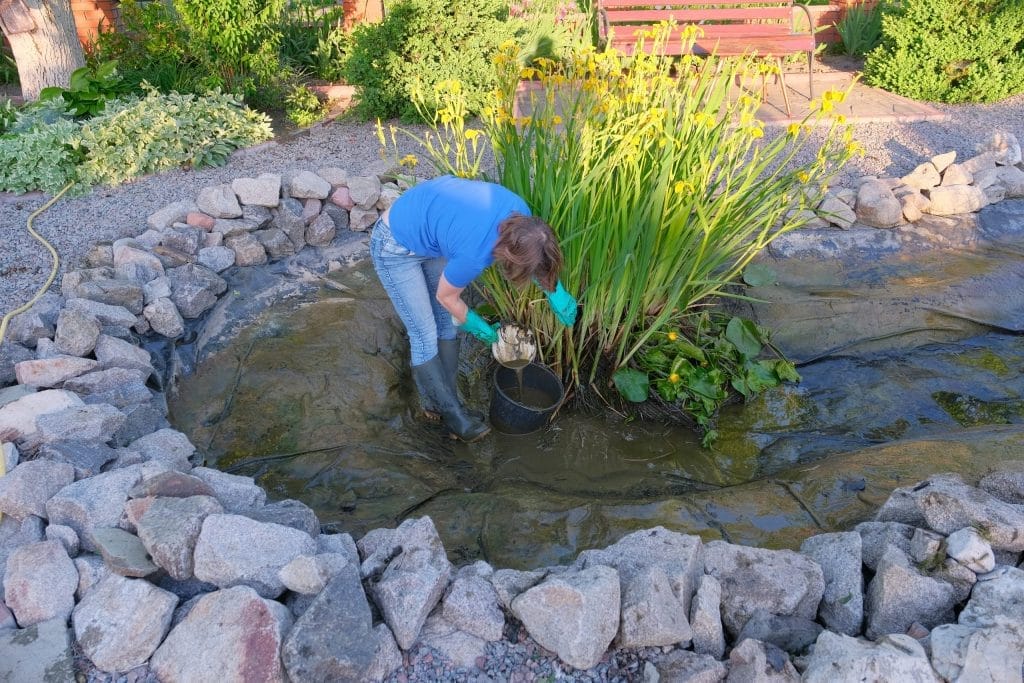

What is Pond Maintenance?
Pond maintenance is the process of keeping your pond healthy and thriving. It involves regular checks and tasks to ensure the water quality, plant life, and wildlife are all in balance. A well-maintained pond can provide a beautiful and peaceful addition to your garden, attracting a variety of wildlife and creating a haven for relaxation.
Regular pond maintenance tasks include:
Checking water levels and topping up as necessary
Monitoring water quality and making adjustments as needed
Controlling algae growth and removing excess vegetation
Feeding and caring for fish and other aquatic life
Cleaning the pond and its surroundings
By performing these tasks regularly, you can keep your pond healthy and thriving, and enjoy the many benefits it has to offer.
Pond cleaning and maintenance
Bring back the beauty of your pond and elevate its internal environment, with our thorough pond cleaning services.

Our pond cleaning process
Pond maintenance and cleaning is not a one size fits all process. Ultimately it depends on the size of your pond, structure, inhabitants and location. We also consider the unique needs of wildlife ponds to ensure minimal disruption to the natural habitat. After an initial inspection, we’ll work with you to provide a customised cleaning process that preserves the health of your pond for as long as possible.
We also offer pond hoovering cleaning services and cater to private and business pond maintenance contracts. With cutting edge pond cleaning equipment, we strive to provide you with a total restoration, often within 24-72 hours.
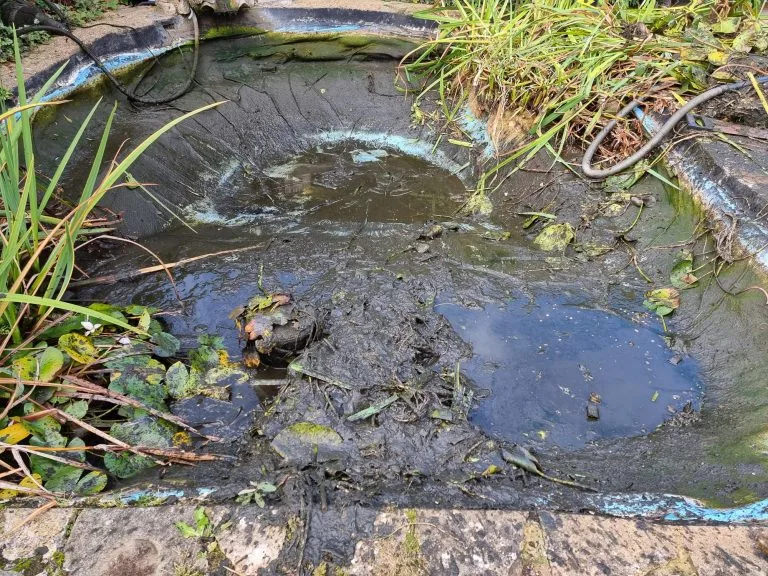


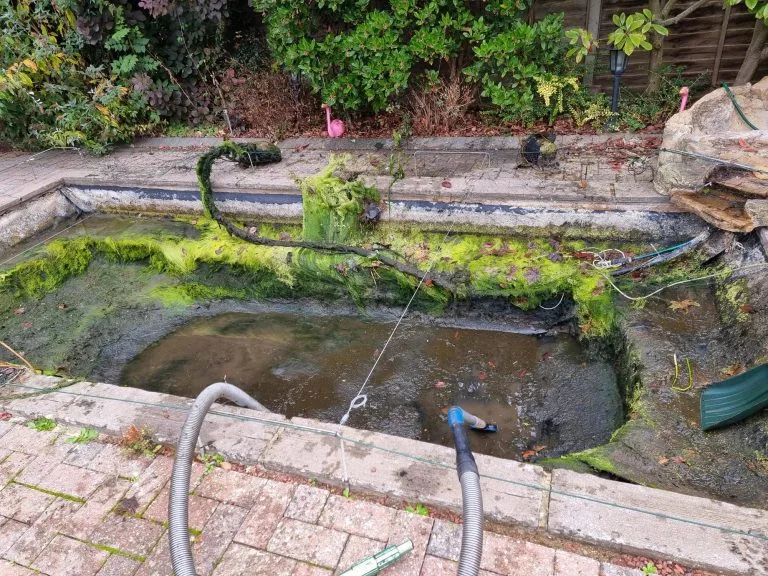

Steps to securing a healthy pond
Generally, our comprehensive clean consists of:
- Draining the pond/water feature fully
- Placing all fish/wildlife into an aerated holding tank
- Cleaning the pond liner using a power washer
- Removing all debris/sludge from the pond by vacuuming out
- Removing excess vegetation if required
- Cleaning the pond filter
- Cleaning the pond pump
- Changing the UV bulb (If needed and requested)
- Cleaning the quartz sleeve (If needed and requested)
- Carrying out any repairs if needed
- Refilling the pond with water from the pond and topped up with tap water.
- Treatments added-dechlorinator and bacteria to start the filter.
- Restarting the system as a back up
- Reinstalling the Fish & Wildlife
Receive a first class clean from us
When it comes to pond cleaning and maintenance, we’re known for our attention to detail. While every pond is unique, we always strive to provide competitive prices that are comfortable for our customers.

The Best Pond Cleaning Company for Pristine Water and Healthy Wildlife
Pond Maintenance and Care
Seasonal Pond Care
Winter Pond Care
Creating a Healthy Pond Environment
Controlling Pond Algae
Balancing Water Quality and Nutrient Levels
Pond Cleaning and Restoration
Professional Pond Cleaning Services
Choosing the Right Pond Cleaning Company
Why Choose Our Pond Cleaning Company
Additional Tips
Looking After Pond Plants
Pond Maintenance Resources
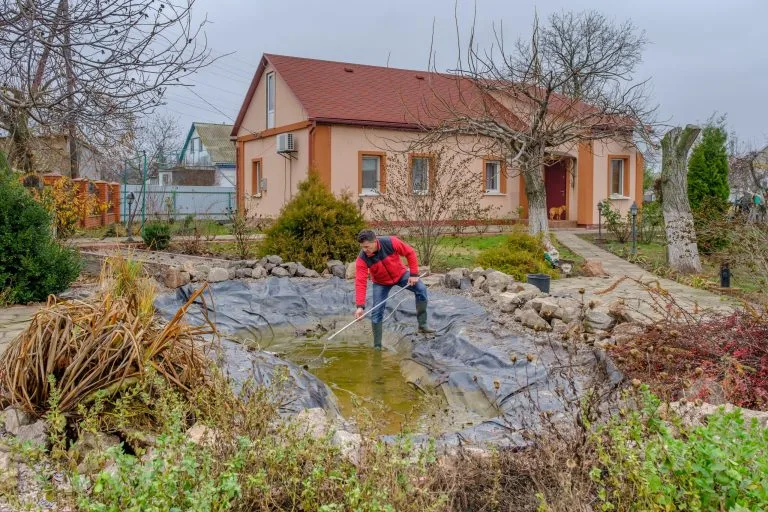



Frequently Asked Questions
MY POND IS OVERGROWN.
MY POND IS LEAKING – WHAT CAN I DO?
WHY IS MY POND WATER GREEN?
Do I need to have my pumps running all the time?
Why Choose Us
Experience With years of experience in pond maintenance and cleaning, our team has the expertise to handle ponds of all sizes and complexities. We are dedicated to delivering high-quality services tailored to meet the unique needs of each customer.
Professionalism Our team consists of trained professionals who are passionate about pond care. We take pride in our work and strive to exceed our customers’ expectations with every service we provide.
Customised Solutions We understand that every pond is different, and we tailor our services to suit the specific requirements of each customer. Whether you have a small backyard pond or a larger water feature, we have the knowledge and resources to keep it in pristine condition.
Environmentally Friendly Practices We are committed to using eco-friendly products and methods in our pond cleaning services. Our goal is to promote sustainability and preserve the natural balance of your pond ecosystem.
Customer Satisfaction Your satisfaction is our top priority. We work closely with our customers to ensure that their pond maintenance needs are met with professionalism and care. We take the time to listen to your concerns and provide personalised recommendations to help you achieve the pond of your dreams.
Ready to schedule a pond cleaning service with us?
Contact Aqua Pond today to learn more about our services and to book an appointment.
Let us help you create a clean, healthy, and vibrant pond that you can enjoy for years. Thank you for considering Aqua Pond for your pond maintenance needs.
What our Customers Say...
